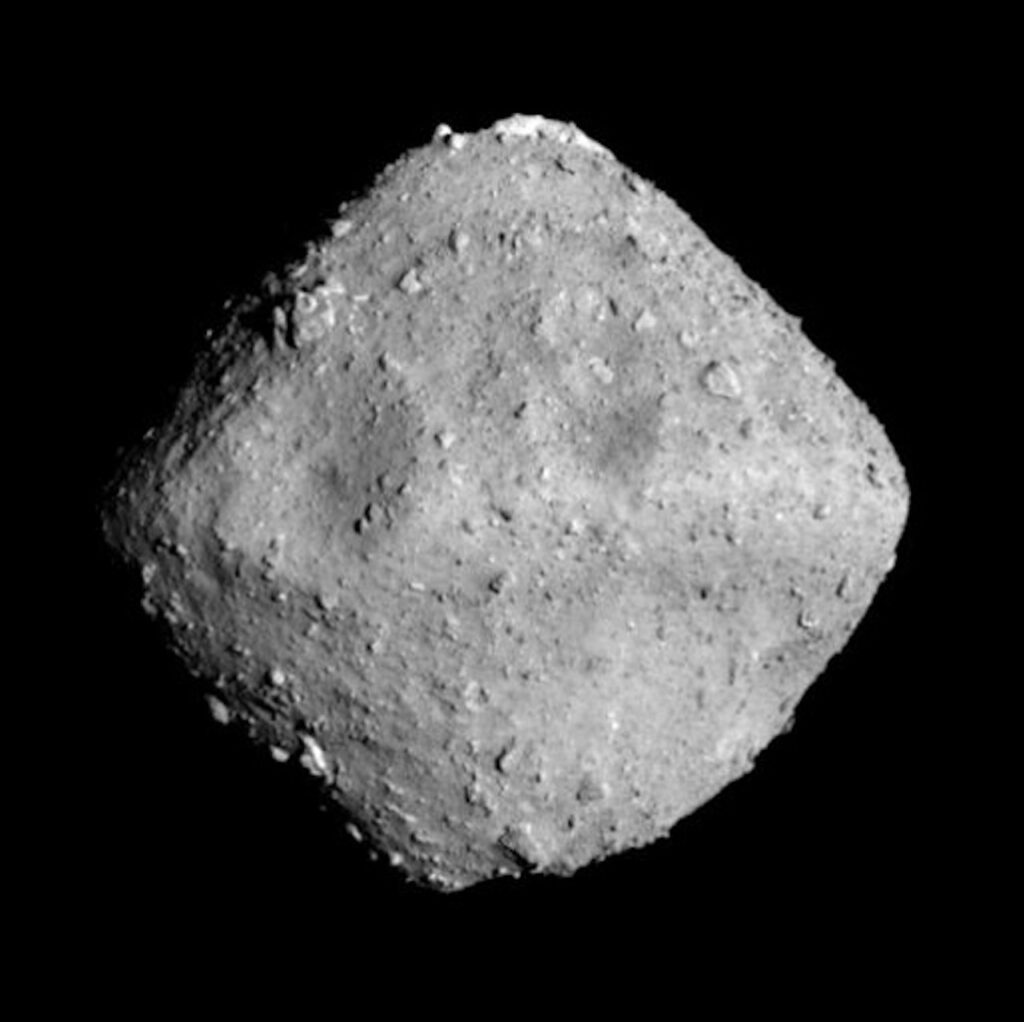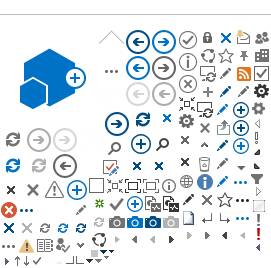
4.6 billion years ago, our solar system formed out of a cloud of gas and dust. While most of this matter melded into the sun and surrounding planets, much of the leftover material became asteroids and comets. Accordingly, asteroids contain the same building blocks that make up the planets. Studying them can help scientists understand more about the evolution of our solar system and the formation of higher molecules from atoms.
Since its formation, the Earth has been altered by weather and tectonic activity. Asteroids, however, do not have an atmosphere or tectonic plates, so their geological composition has barely changed over the millennia. While meteorites—asteroids that have hit the Earth—have been uncovered on Earth, they have been contaminated by contact with the Earth's surface.
Space instruments are very competent but can't currently perform detailed soil analysis. Samples must be returned to Earth for examination with the proper equipment. This sample return process requires very sensitive instruments to deliver precise data under extreme operating conditions. JAXA launched two missions both equipped with Teledyne Space Imaging CCD47-20 sensors to fulfil this objective: Hayabusa1 (originally named Muses-C) and Hayabusa2.
 Credit:
JAXA
Credit:
JAXA
Hayabusa1 launched on May 9, 2003 and demonstrated the viability of new engineering technologies such as autonomous navigation becoming the first when it delivered a soil sample from an S-type (siliceous) asteroid named Itokawa on June 13, 2010. Building upon this success, Hayabusa2 collected a sample from a C-type (carbonaceous) asteroid called Ryugu. The material collected by the Hayabusa missions is still being analysed by scientists to uncover more information about the solar system's origins and life itself.
While all asteroids contain molecular remnants of the solar system, S-type asteroids are similar in composition to rocky planets like Earth and Mars. In contrast, C-type asteroids are more similar in composition to the sun. C-type asteroids also contain hydrous materials and carbon, the basis of all life on Earth. It is theorised that the organic molecules which would eventually evolve into the life forms we see today could have been brought to Earth by an asteroid.
Travelling for years to reach the surface of a distant object is a challenge unto itself, but asteroids are so small that they lack the large gravitational force of full-sized planets which help pull-in and hold objects to their surface. Additionally, the rocky surface of asteroids can make landing site selection difficult. Only a carefully controlled descent will prevent the probe from bouncing off into space.
To navigate through space and manoeuvre the landing sequence, Hayabusa2 uses an optical navigation camera (ONC) system consisting of three framing cameras: one telescopic camera (ONC-T) and two wide-angle cameras (ONC-W1 and ONC-W2). Each device contains a CCD47-20 sensor. The cameras employ a RISC processor and gate-array image processing technology, providing image compression, center-finding, bright object detection, correlation tracking, terrain extraction, and other tools needed for optical navigation.
The ONC-T instrument also has a filter wheel of seven band-pass filters in the visible and near-infrared range. Images can be layered together to enable multiband spectroscopy. After Hayubusa2 arrived at the asteroid, ONC-T performed reflectance spectroscopic observations to determine the best sampling sites.
To get a better perspective of Ryugu's topology and determine a suitable landing area, Hayabusa2 used images from the wide-angle instruments, with ONC-W1 mounted for nadir viewing and ONC-W2 mounted for slant viewing. They can take pictures as close as 1 metre away and distinguish objects as small as 1mm on the surface. During the descent for touchdown, the ONC cameras were the primary navigation instrument from altitudes between 50 and 5 metres.
Hayabusa Sensing Instruments
Launched on December 3, 2014, Haybusa2 travelled for four and a half years to rendezvous with Ryugu. It remained in orbit for eight months, further analysing the asteroid to determine the best landing spot. During that time, it also deployed a series of landers using the ONC instrument to track their trajectory and movements.

Asteroid Ryugu images by the ONC-W1. The photograph was taken on 24 June 2018, at around 15:00 JST, showing a section of the camera's wide field of view. Credit:
JAXA, University of Tokyo, Kochi University, Rikkyo University, Nagoya University, Chiba Institute of Technology, Meiji University, Aizu University, AIST (JAXA, University of Tokyo, Kochi University, Rikkyo University, Nagoya University)
In 2019, Hayabusa2 successfully touched down on asteroid Ryugu and collected samples from the surface. It then deployed an impact device to create the first artificial crater on an asteroid and ran a second collection touchdown to gather subsurface material.
Hayabusa2 returned the samples to Earth in a capsule, which was recovered in Australia on December 6, 2020. While the initial goal was to collect 0.1 grams of material, the total weight of the collected samples was 5.4 grams. Ten percent of the material collected was sent to NASA for examination as part of a reciprocal agreement. NASA will send material gathered from the current sample collection OSIRUS-REx mission to asteroid Bennu. OSIRUS-REx is also equipped with imaging sensors developed by Teledyne Imaging.
Analysis of the material returned by Hayabusa2 found ten types of amino acids in the samples, including glycine and L-alanine, which are the building blocks of proteins that living organisms produce based on their DNA code. The samples also contained many types of organics that form in the presence of liquid water.
Additionally, the spectral images captured by ONC-T provide data on Ryugu's heating history.
Hayabusa2's mission was extended to study more asteroids. The spacecraft will fly past asteroid 2001 CC21 in 2026 and rendezvous with asteroid 1998 KY26 in 2031. Investigating these asteroids can tell us more about the solar system's origins and lay the groundwork for future exploration.
